Wow! eBook: Modern Embedded Computing - 6 new eBooks |  |
- Modern Embedded Computing
- Heterogeneous Computing with OpenCL
- Deploying Next Generation Multicast-enabled Applications
- CUDA Application Design and Development
- Computer Organization and Design, 4th Edition: The Hardware/Software Interface
- A Practical Guide to SysML, 2nd Edition
| Posted: 10 Apr 2013 09:06 AM PDT
Book DescriptionModern embedded systems are used for connected, media-rich, and highly integrated handheld devices such as mobile phones, digital cameras, and MP3 players. All of these embedded systems require networking, graphic user interfaces, and integration with PCs, as opposed to traditional embedded processors that can perform only limited functions for industrial applications. While most books focus on these controllers, Modern Embedded Computing provides a thorough understanding of the platform architecture of modern embedded computing systems that drive mobile devices. The book offers a comprehensive view of developing a framework for embedded systems-on-chips. Examples feature the Intel Atom processor, which is used in high-end mobile devices such as e-readers, Internet-enabled TVs, tablets, and net books. Beginning with a discussion of embedded platform architecture and Intel Atom-specific architecture, modular chapters cover system boot-up, operating systems, power optimization, graphics and multi-media, connectivity, and platform tuning. Companion lab materials compliment the chapters, offering hands-on embedded design experience.
Table of Contents PART 2: EMBEDDED SYSTEMS ARCHITECTURE AND OPERATION PART 3: DEVELOPING AN EMBEDDED SYSTEM Book Details
Related Books
The post Modern Embedded Computing appeared first on Wow! eBook. |
| Heterogeneous Computing with OpenCL Posted: 10 Apr 2013 08:58 AM PDT
Book DescriptionHeterogeneous Computing with OpenCL teaches OpenCL and parallel programming for complex systems that may include a variety of device architectures: multi-core CPUs, GPUs, and fully-integrated Accelerated Processing Units (APUs) such as AMD Fusion technology. Designed to work on multiple platforms and with wide industry support, OpenCL will help you more effectively program for a heterogeneous future. Written by leaders in the parallel computing and OpenCL communities, this book will give you hands-on OpenCL experience to address a range of fundamental parallel algorithms. The authors explore memory spaces, optimization techniques, graphics interoperability, extensions, and debugging and profiling. Intended to support a parallel programming course, Heterogeneous Computing with OpenCL includes detailed examples throughout, plus additional online exercises and other supporting materials.
Table of Contents Book Details
Related Books
The post Heterogeneous Computing with OpenCL appeared first on Wow! eBook. |
| Deploying Next Generation Multicast-enabled Applications Posted: 10 Apr 2013 08:50 AM PDT
Book DescriptionThe growth, scale, and prominence of video applications over the years have placed emphasis on the most scalable and efficient way to deliver multi-play content (voice, video and data) to the end user. Multicast is the most effective and efficient carrier of video applications from a network standpoint. Financial organizations deploy large-scale multicast infrastructures to enable trading and e-commerce. The introduction of 4G and beyond makes this technology even more indispensible since mobile operators need an efficient mechanism to deliver repetitive content to many a handset, and multicast is the answer. This is the first book to distill information on this topic from disparate sources. It is written by one of the early implementers, and is the go-to reference for deploying the Next Generation model. This book proves a real benefit to networking professionals from service providers, enterprises, the vendor community, and anyone else who wants to understand this fast emerging and popular scheme of deployment from a vendor-neutral standpoint.
Table of Contents Book Details
Related Books
The post Deploying Next Generation Multicast-enabled Applications appeared first on Wow! eBook. |
| CUDA Application Design and Development Posted: 10 Apr 2013 08:43 AM PDT
Book DescriptionAs the computer industry retools to leverage massively parallel graphics processing units (GPUs), this book is designed to meet the needs of working software developers who need to understand GPU programming with CUDA and increase efficiency in their projects. CUDA Application Design and Development starts with an introduction to parallel computing concepts for readers with no previous parallel experience, and focuses on issues of immediate importance to working software developers: achieving high performance, maintaining competitiveness, analyzing CUDA benefits versus costs, and determining application lifespan. The book then details the thought behind CUDA and teaches how to create, analyze, and debug CUDA applications. Throughout, the focus is on software engineering issues: how to use CUDA in the context of existing application code, with existing compilers, languages, software tools, and industry-standard API libraries. Using an approach refined in a series of well-received articles at Dr Dobb’s Journal, author Rob Farber takes the reader step-by-step from fundamentals to implementation, moving from language theory to practical coding.
Table of Contents Book Details
Related Books
The post CUDA Application Design and Development appeared first on Wow! eBook. |
| Computer Organization and Design, 4th Edition: The Hardware/Software Interface Posted: 10 Apr 2013 08:38 AM PDT
Book DescriptionThis Fourth Revised Edition of Computer Organization and Design includes a complete set of updated and new exercises, along with improvements and changes suggested by instructors and students. Focusing on the revolutionary change taking place in industry today–the switch from uniprocessor to multicore microprocessors–this classic textbook has a modern and up-to-date focus on parallelism in all its forms. Examples highlighting multicore and GPU processor designs are supported with performance and benchmarking data. As with previous editions, a MIPS processor is the core used to present the fundamentals of hardware technologies, assembly language, computer arithmetic, pipelining, memory hierarchies and I/O. Sections on the ARM and x86 architectures are also included.
Table of Contents Book Details
Related Books
The post Computer Organization and Design, 4th Edition: The Hardware/Software Interface appeared first on Wow! eBook. |
| A Practical Guide to SysML, 2nd Edition Posted: 10 Apr 2013 08:33 AM PDT
Book DescriptionThis book is the bestselling, authoritative guide to SysML for systems and software engineers, providing a comprehensive and practical resource for modeling systems with SysML. Fully updated to cover newly released version 1.3, it includes a full description of the modeling language along with a quick reference guide, and shows how an organization or project can transition to model-based systems engineering using SysML, with considerations for processes, methods, tools, and training. Numerous examples help readers understand how SysML can be used in practice, while reference material facilitates studying for the OMG Systems Modeling Professional (OCSMP) Certification Program, designed to test candidates’ knowledge of SysML and their ability to use models to represent real-world systems.
Table of Contents PART II: LANGUAGE DESCRIPTION PART III: MODELING EXAMPLES PART IV: TRANSITIONING TO MODEL-BASED SYSTEMS ENGINEERING Book Details
Related Books
The post A Practical Guide to SysML, 2nd Edition appeared first on Wow! eBook. |
| You are subscribed to email updates from Wow! eBook To stop receiving these emails, you may unsubscribe now. | Email delivery powered by Google |
| Google Inc., 20 West Kinzie, Chicago IL USA 60610 | |

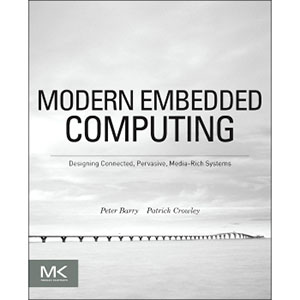
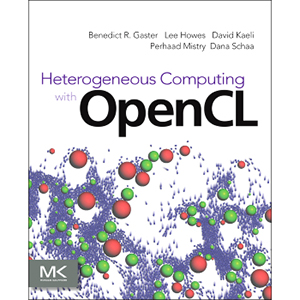
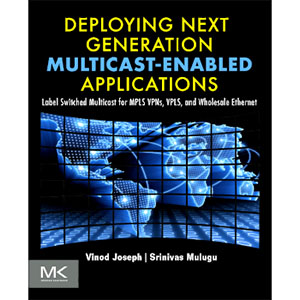

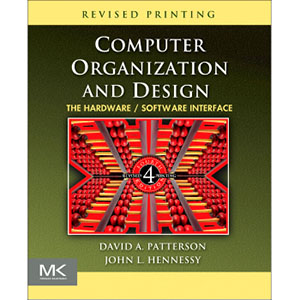
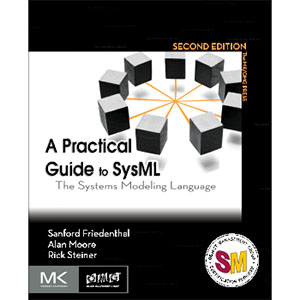
Tidak ada komentar:
Posting Komentar